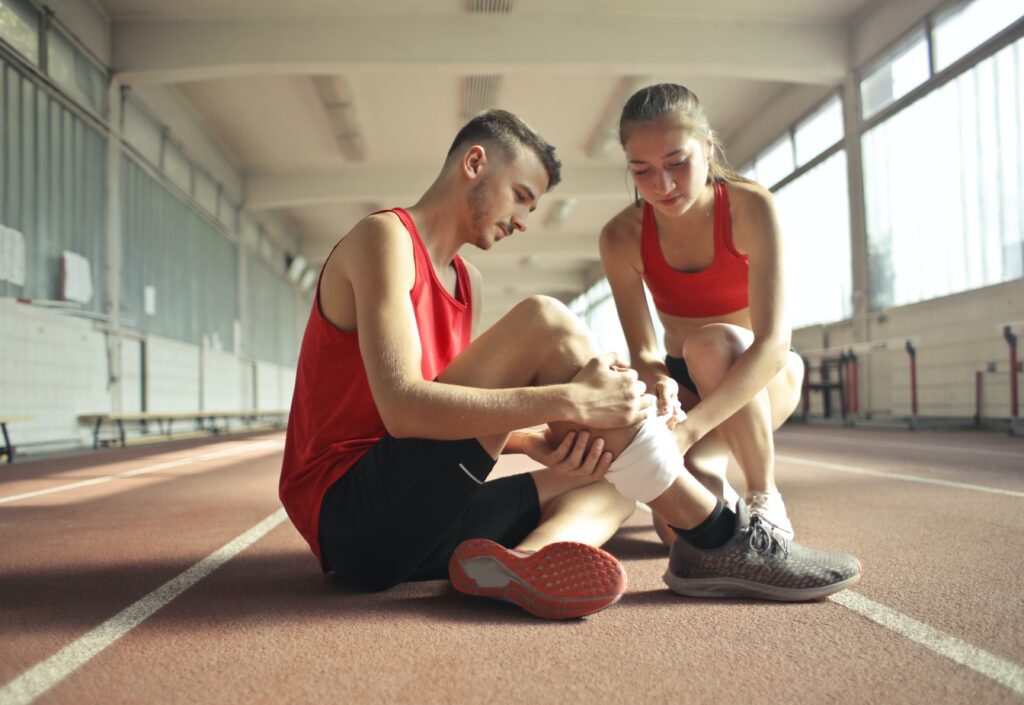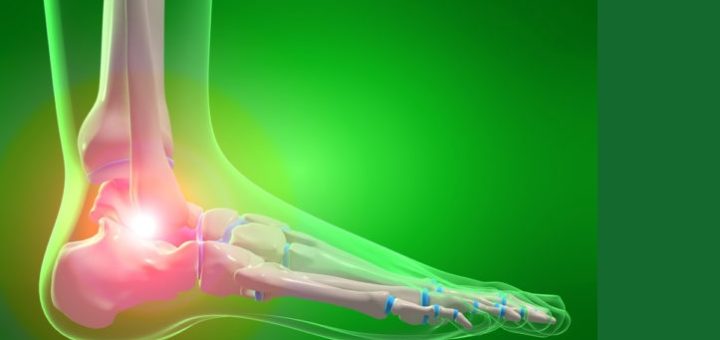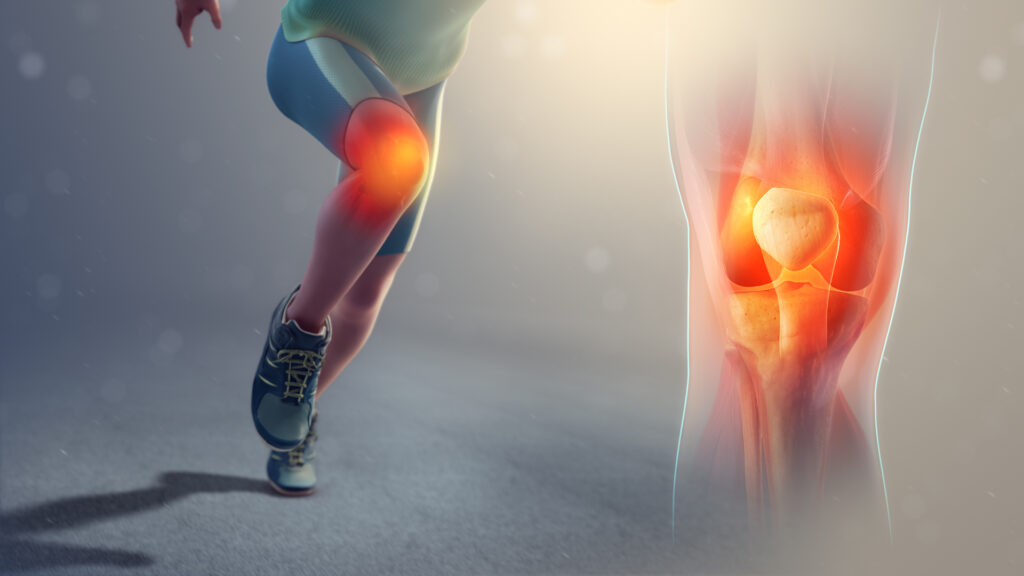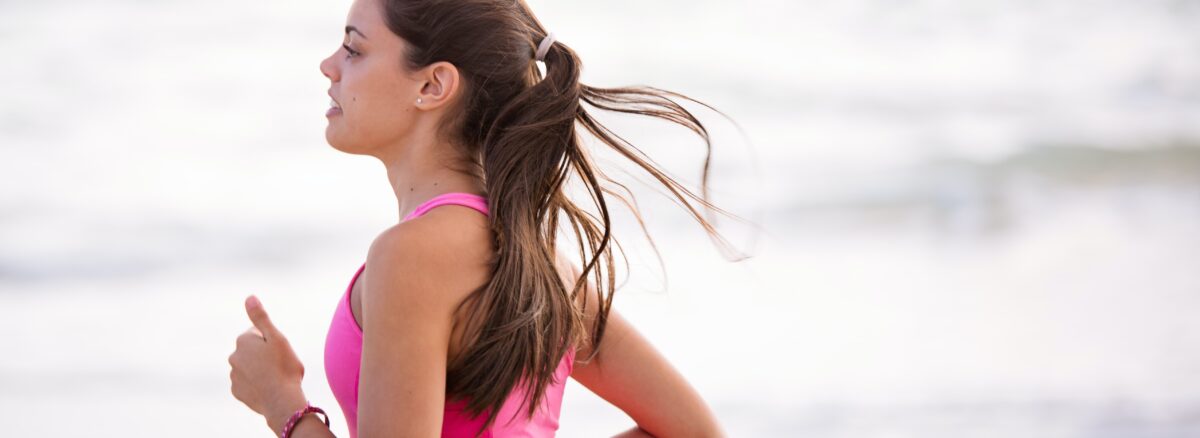Running and jogging are two of the most accessible forms of exercise for people of all ages and abilities, from novices to elite athletes. However, as most runners are aware, almost everyone will eventually suffer from one of the many frequent running injuries that can put them out of commission and necessitate treatment.
Over 70% people in India run on a regular basis, and many of them have sustained long-term injuries as a result of their running. So, before you grab your water bottle, here are a few common running injuries to be cautious of.
Most Common Running Injuries and Ways To Treat Them

Plantar fasciitis

Pain on the sole of the foot, from the heel to the arch, is the most common sign of plantar fasciitis. It’s more unpleasant when you first wake up in the morning and after a lengthy period of sitting. The soreness may appear at the starting of a run, then fade away during the run, only to reappear later.
Treatment for plantar fasciitis:
- Reduce your running (instead, cross-train with biking and/or swimming).
- Apply ice two to three times a day for 20 minutes.
- Stretch calf muscles
- Massage your foot’s arch.
- Anti-inflammatory drugs should be taken.
- Running shoes should be replaced every 400 to 600 km.
- Get shoes at a specialty store to determine the best running shoe for your foot mechanics.
- Use the right equipment, such as arch supports, heel cups, or custom orthotics.
- To improve your running form, have a gait analysis.
Runners’ knee

The pain associated with runners’ knees develops gradually and is commonly felt beneath or around the kneecap. Squatting and going up and down stairs worsen the pain. A sign of this ailment is stiffness in the knee after extended sitting
Treatment for runners’ knee:
- Avoiding painful activities.
- Application of ice.
- Taking anti-inflammatory medications.
- Stretching calf, hamstrings, quadriceps and hip flexors.
- Strengthening quadriceps, hip abductors and hip extensor muscles.
- Physical therapy.
- Correcting foot and/or shoe issues.
- Replacing running shoes every 400 to 600 miles.
Achilles tendonitis
Discomfort with heel striking, pain when the foot lands on a curb, pain when jogging up the stairs, and pain with a quick change of direction are all symptoms of Achilles tendonitis. When you first get out of bed in the morning, the pain may be more noticeable. This is because sleeping positions shorten the calf muscle.
Treatment for Achilles tendonitis:
- Stretching calf muscles.
- Modification in training schedule.
- Ice.
- Physical therapy.
- Use the right equipment, such as heel lifts, insoles or arch supports.
- Massage.
- Avoiding hills.
- Anti-inflammatory medications.
Shin splints
A shin splint injury is discomfort in the shin that occurs while jogging. After jogging, the pain begins, but it quickly increases to a constant pain. If the pain persists, you should seek medical advice.
Treatment for shin splints:
- Rest.
- Reduce your running (instead, cross-train with biking and/or swimming).
- Taking anti-inflammatory medications.
- Ice.
- Getting fit for shoes at specialty stores for the correct shoe type.
- Stretch calf muscles.
- Replace running shoes every 400 to 600 miles.
- Strengthen hip abductors and hip extensors.
- Modification in training schedule(avoid hills).
Iliotibial band (ITB) syndrome
Pain on the outside of the knee during jogging is a sign of this sort of injury. Pain on the outside of the hip or leg might also occur when running. When a runner suffers from this injury, the discomfort may be felt more on slower runs than on faster runs, when running hills, or when going up or down stairs.
Treatment for Iliotibial band (ITB) syndrome:
- Strengthening hip abductors and hip extensor muscles.
- Modification in training schedule.
- Taking anti-inflammatory medications.
- Application of Ice.
- Stretching hip muscles.
- Massaging lateral knee.
- Replacing shoes every 400 to 600 miles.
- Get shoes at a specialty store to determine the best running shoe for your foot mechanics.


